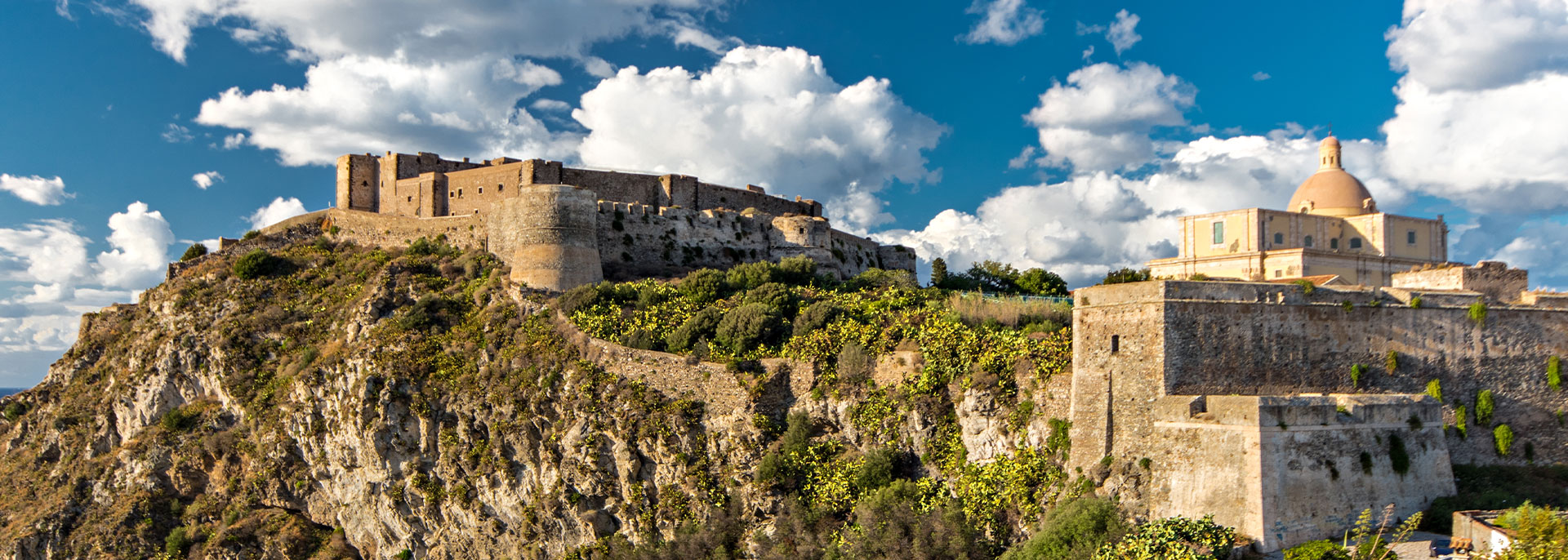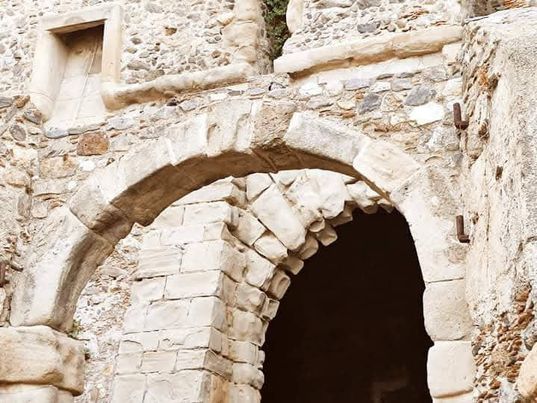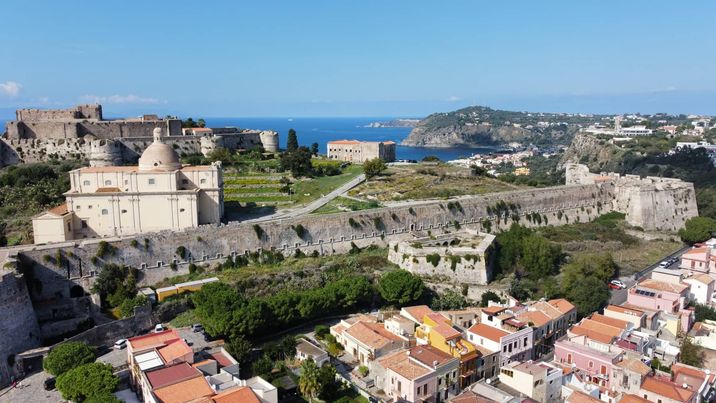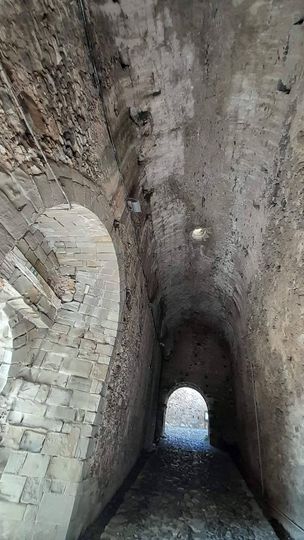The constraints imposed by the ancient structures along the entire front and at the sites of the two gates, St. Mary's and the Annunziata, ended up ticking off the more innovative intentions of the two technicians of the Veneto-Lombard school. The long construction times also made the technical choices made less linear and coherent. One example for all: the presence of the 55 machicolations arranged on the long wall, according to the antiquated schemes of the piombante defence, hardly reconciles with the adoption of the gun ports facing each other in the ravines ("orecchioni") of the two bastions and placed to protect the same front. Thus it is probable that the first engineer was responsible for the choice of machicolations and the plumbant defence, while the second was responsible for the choice of embrasures, protective "ears" and flanking defence.
Terranova C. P., La città murata. Dalla visita al "memorabile viaggio.", in Milazzo Nostra n. 28-29 - Marzo-Luglio 2011, p. 21.










